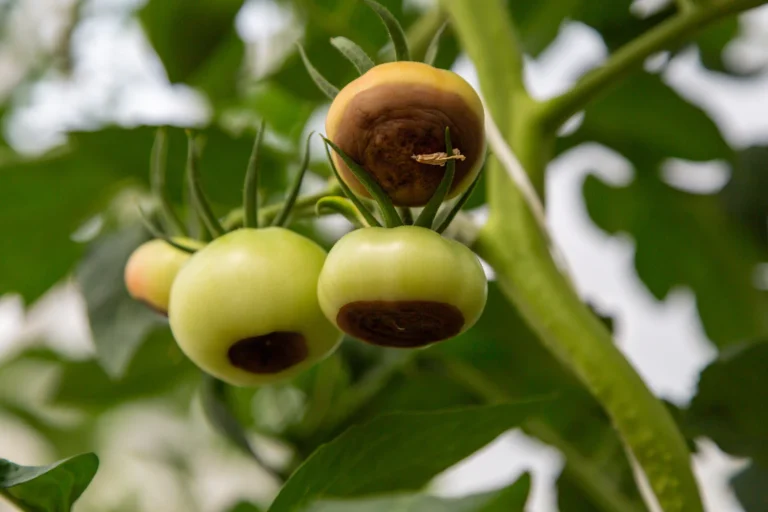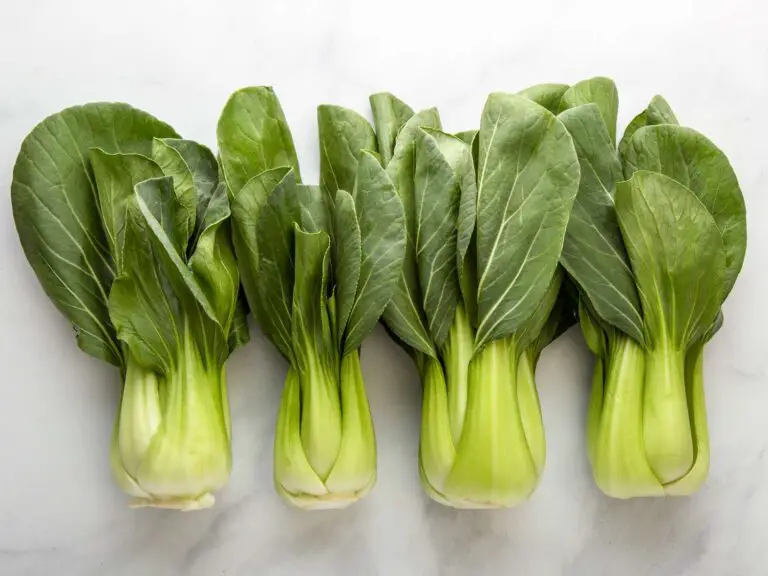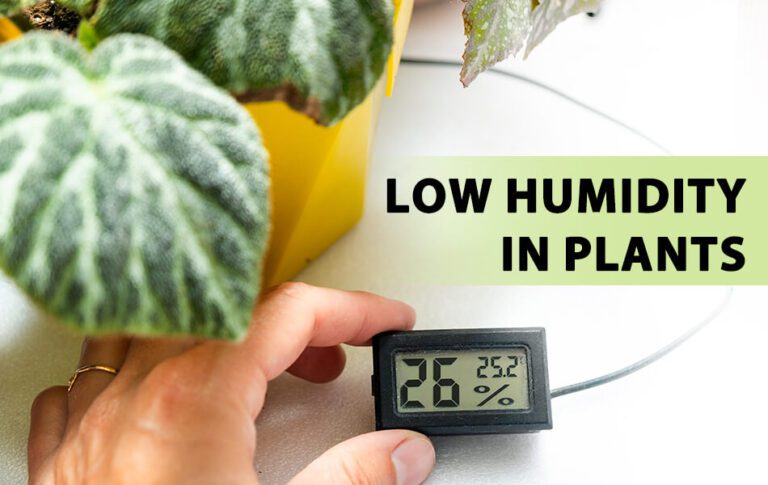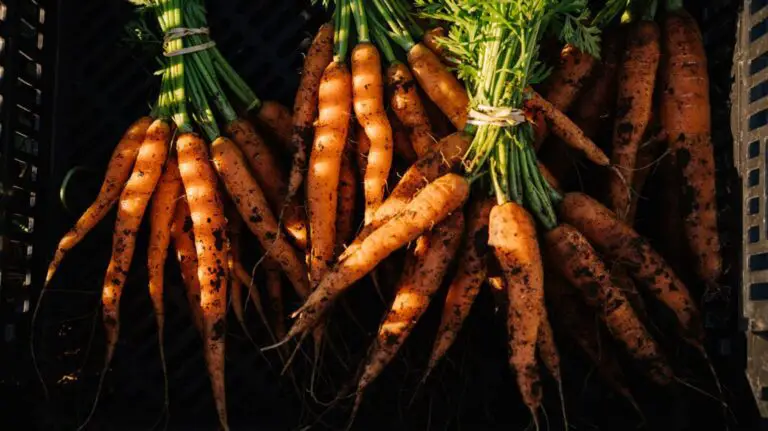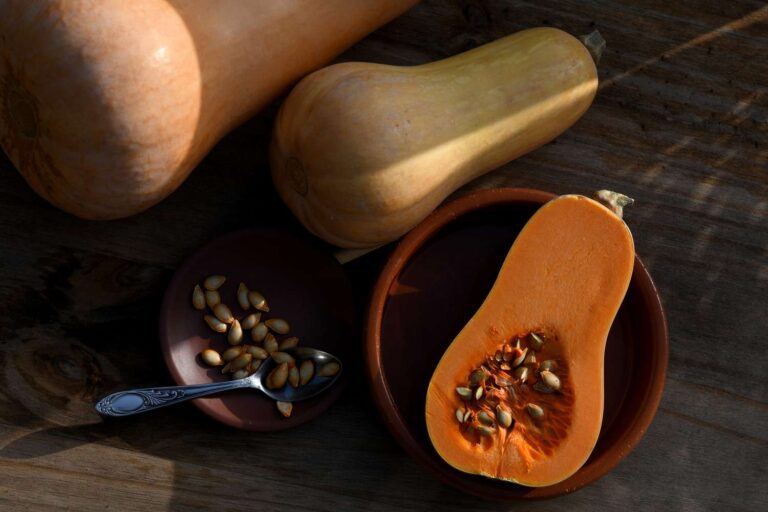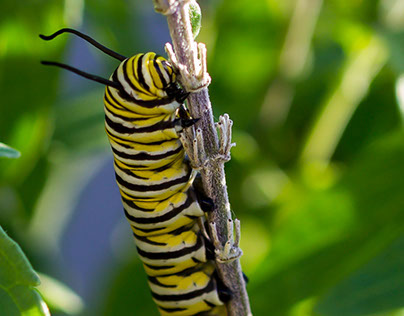Creating a Pet-friendly Garden: A Guide to Toxic and Non-Toxic Plants
Table of Contents
Choosing Pet-Friendly Plants: Ensuring a Safe Environment for Your Furry Friends
When it comes to creating a safe environment for your furry friends, choosing pet-friendly plants is essential. While many plants can bring beauty and life to your garden, some can pose potential dangers to your beloved pets. By selecting plants that are considered safe for pets, you can ensure a worry-free environment for your furry companions to enjoy.
One important consideration when selecting pet-friendly plants is to avoid those that are toxic to animals. Plants such as lilies, azaleas, tulips, and daffodils can be harmful or even deadly if ingested by cats or dogs. It’s crucial to familiarize yourself with the toxic plants that are common in your area and ensure that they are not present in your garden.

Identifying Toxic Plants: Understanding the Dangers to Pets
When it comes to creating a safe environment for our furry friends, it is crucial to be aware of the potential dangers lurking in our gardens. Many plants that may seem harmless to us can actually be toxic to our pets. It is important to be able to identify these toxic plants in order to prevent our beloved companions from coming into contact with them and potentially experiencing adverse health effects.
One common toxic plant that pet owners should be familiar with is the lily. While these elegant flowers may add beauty to our gardens, they can be extremely toxic to cats. Ingestion of any part of the lily plant, including the leaves, petals, or even the pollen, can lead to severe kidney damage and even death in feline companions. It is crucial to keep lilies out of reach of our curious kitties, both inside and outside the home.
Other toxic plants to be cautious of include azaleas, rhododendrons, and certain species of ivy. These plants contain toxins that can cause symptoms such as vomiting, diarrhea, and even cardiovascular issues in pets. It is important to become familiar with the various species of toxic plants and take measures to keep them out of our pets’ reach. Identifying these plants and understanding the potential dangers they pose is a crucial step in ensuring the well-being of our furry friends in the garden.
Common Toxic Plants: A Comprehensive List to Avoid in Your Garden
When it comes to creating a pet-friendly garden, one crucial aspect is understanding which plants to avoid due to their toxicity to animals. While the health and safety of our furry companions are paramount, it is essential to be aware of the common toxic plants that can prove harmful to pets if ingested. Here, we provide a comprehensive list of some popular plants that should be avoided in your garden to ensure the well-being of your four-legged friends.
1. Lilies: While lilies are admired for their elegant blooms, they can be extremely toxic to cats, causing severe kidney damage and even kidney failure if ingested.
2. Azaleas and Rhododendrons: These flowering shrubs contain toxins known as grayanotoxins, which can cause a range of symptoms in pets, including vomiting, diarrhea, drooling, and even cardiac arrhythmias.
3. Sago Palms: The cycasin present in Sago Palms is highly toxic to both cats and dogs. Ingestion of any part of the plant, including the seeds and leaves, can lead to symptoms such as liver failure, diarrhea, vomiting, and even death.
4. Tulips and Daffodils: These popular spring bulbs contain toxins primarily concentrated in their bulbs. Ingestion can cause gastrointestinal upset, drooling, abdominal pain, and, in severe cases, respiratory distress.
5. Oleander: The beautiful Oleander plant contains cardiac glycosides that can affect both humans and pets. Ingestion can lead to symptoms such as nausea, vomiting, diarrhea, irregular heart rhythms, and even death.
It is essential to thoroughly research any new plants you plan to add to your garden to ensure they are safe for your pets. By being aware of these common toxic plants, you can maintain a pet-friendly environment and provide a secure space for your furry companions to explore without worry.

Non-Toxic Alternatives: Discovering Safe Plants for Pets
When it comes to creating a safe environment for our pets, choosing non-toxic plants is of utmost importance. Fortunately, there are numerous beautiful and safe alternatives that we can incorporate into our gardens. Let’s explore some of these pet-friendly choices.
| Plant | Description |
|---|---|
| Spider Plant | – Non-toxic to both cats and dogs – Resilient and easy to care for – Cascading leaves and vibrant green color add beauty to any garden or indoor space |
| Boston Fern | – Another safe choice for pets – Adds elegance to your garden – Lush foliage and air-purifying properties make it ideal for creating a pet-friendly oasis |
These plants not only enhance the aesthetic appeal of your space but also provide a safe environment for your beloved pets.
In addition to these options, the Areca palm (Dypsis lutescens) is another non-toxic plant that can be safely enjoyed by pets. This tropical plant features feathery fronds that create a lush and inviting atmosphere. It also helps in purifying the air, making it beneficial not just for your furry friends but also for your overall well-being.
For those who prefer flowering plants, the African violet (Saintpaulia spp.) is an excellent choice. Not only are they safe for pets, but their colorful blooms can brighten up any space. These low-maintenance plants thrive indoors and come in various shades of purple, pink, blue, and white.
If you’re looking to add some fragrance to your garden while keeping it pet-safe, consider planting lavender (Lavandula spp.). This aromatic herb not only repels pests but also has a calming effect on both humans and animals. Its beautiful purple flowers will attract butterflies while adding charm to your outdoor space.
When selecting plants for your pet-friendly garden or indoor space, it’s important to remember that even non-toxic plants can cause digestive issues if ingested in large quantities. Therefore, always monitor your pets’ behavior around new plants and consult with a veterinarian if you have any concerns.
Creating a safe environment for our beloved pets doesn’t mean sacrificing beauty or variety in our gardens. By incorporating these non-toxic alternatives into our spaces, we can provide a safe and visually appealing environment for both ourselves and our furry friends.
Pet-Safe Herbs and Vegetables: Adding Flavorful and Nutritious Options to Your Garden
When it comes to growing herbs and vegetables in your garden, it’s important to consider the safety of our furry friends. Fortunately, there are many pet-safe options that can add both flavor and nutrition to your garden. Incorporating these herbs and vegetables not only allows you to enjoy fresh ingredients in your cooking, but also provides a safe and enriching environment for your pets to explore.
One popular pet-safe herb is basil. Not only does it add a delightful aroma to your garden, but it also contains essential nutrients such as vitamin K and manganese. Basil can be used in a variety of dishes, from pasta sauces to salads, making it a versatile and flavorful addition to any kitchen. Another pet-safe herb is parsley, which is not only a great source of vitamins A and C, but also helps to freshen your pet’s breath. You can easily incorporate parsley into both fresh and cooked meals for an added nutritional boost.
When it comes to pet-safe vegetables, consider planting carrots in your garden. Carrots are packed with vitamins and minerals, including vitamin A, vitamin K, and potassium. They make for a crunchy and nutritious treat for both humans and pets alike. Another pet-friendly vegetable is sweet potatoes, which are rich in dietary fiber and contain vitamins B6 and C. Sweet potatoes can be roasted, steamed, or mashed, and are sure to become a favorite among both you and your furry friends.
By including pet-safe herbs and vegetables in your garden, you can create a space that is not only beautiful and productive, but also safe for your pets to enjoy. Whether you’re a seasoned gardener or just starting out, exploring these flavorful and nutritious options will not only benefit your own culinary creations, but will also enhance the well-being of your beloved pets. So why not start incorporating pet-friendly herbs and vegetables into your garden today and watch as your furry friends thrive in their safe and delicious surroundings?
Creating a Barrier: Tips for Preventing Pets from Accessing Toxic Plants
Creating a barrier is an essential step in protecting your pets from accessing toxic plants in your garden. By implementing effective measures, you can ensure a safe environment for your furry friends to explore and enjoy.
One of the most straightforward and effective ways to create a barrier is by using fencing or gates to enclose areas of your garden where toxic plants are present. This physical barrier will prevent your pets from accidentally ingesting harmful foliage or flowers. Choose a sturdy material that is difficult for pets to climb or jump over, ensuring their safety is not compromised. Additionally, consider installing locks or latches on gates to prevent curious pets from accessing prohibited areas.
Another approach to creating a barrier involves using plant containers or raised beds. By confining your plants to specific areas, you can control your pets’ access and minimize the risk of them coming into contact with toxic plants. This method also allows you to create designated pet-free zones within your garden, providing a safe space for both your plants and your pets. When using containers or raised beds, make sure they are securely anchored to the ground to prevent pets from tipping them over or digging underneath.

Safe Gardening Practices: Minimizing Risks to Pets in the Garden
Gardening is a peaceful and rewarding hobby, but it is important to ensure the safety of our furry friends while tending to our plants. Incorporating safe gardening practices not only minimizes risks to pets but also creates a harmonious environment where both plants and animals can thrive.
One essential practice is to carefully select and place plants in your garden. Researching plant toxicity and avoiding those that are known to be harmful to pets is crucial. Additionally, consider the height and accessibility of the plants, as some pets may be tempted to nibble on leaves or flowers within easy reach. Placing toxic plants out of their reach or creating physical barriers can help prevent any accidental ingestion. By taking these precautionary measures, you can safeguard your pets from potential harm without compromising the beauty of your garden.
Proper storage and disposal of gardening materials and chemicals are also vital in maintaining a pet-friendly garden. Storing fertilizers, pesticides, and other chemicals in secure containers or cabinets prevents pets from accidentally coming into contact with them. When using these substances, be cautious of your pet’s presence and ensure they have a safe distance from the treated area until it is completely dry or absorbed. Implementing such safe gardening practices not only safeguards the well-being of our beloved pets but also promotes a healthy and nurturing environment for all living beings in our gardens.
Pet-Friendly Fertilizers: Nourishing Your Plants without Harming Your Pets
When it comes to cultivating a beautiful and thriving garden, it’s important to consider the safety of our beloved pets. Many fertilizers on the market contain harsh chemicals that can be harmful to our furry friends if ingested or absorbed through their paws. Luckily, there are pet-friendly fertilizers available that provide the necessary nutrients for our plants without posing a risk to our pets’ health.
Pet-friendly fertilizers are specifically formulated to be safe for pets while still promoting healthy plant growth. These fertilizers are typically made from organic materials, such as compost, bone meal, or seaweed. They are free from harmful chemicals like synthetic pesticides and herbicides, which can be toxic to animals. By choosing pet-friendly fertilizers, we can ensure that our plants receive the nutrients they need without compromising the well-being of our pets.
One great option for pet-friendly fertilizers is compost. Compost is a fantastic natural fertilizer that adds essential nutrients to the soil, promoting healthy plant growth. It is made from food scraps, yard waste, and other organic matter that decomposes over time. Composting not only helps our plants but also reduces waste and supports sustainability. Another safe fertilizer choice is bone meal, which is derived from ground-up animal bones. It provides plants with essential phosphorus, aiding in root development and overall plant health. Seaweed fertilizers are also excellent options, as they are rich in micronutrients, promote strong root systems, and enhance plants’ resistance to stress.
Understanding Pesticides: Choosing Pet-Safe Options for Pest Control
Pest control is an essential aspect of maintaining a healthy garden, but it’s crucial to choose pet-safe options to ensure the well-being of our furry friends. Many conventional pesticides contain chemicals that can be harmful to our pets if ingested or exposed to. As responsible pet owners, it’s important to be mindful of the potential risks and opt for pet-friendly alternatives.
When selecting pesticides for your garden, look for products that specifically mention being safe for pets on the label. These pet-safe options are formulated with ingredients that are less toxic to animals while still effectively controlling pests. Natural and organic pesticides are generally considered safer alternatives, as they often use plant-based ingredients or natural compounds derived from minerals for pest control. However, it’s still important to read the labels and follow the instructions carefully to ensure the safety of both your pets and garden. In addition to choosing pet-safe pesticides, it’s also crucial to apply them according to the recommended dosage and avoid spraying them on areas where your pets frequent.
Pet-Proofing Your Garden: Implementing Strategies to Keep Pets Away from Dangerous Plants
Implementing strategies to keep pets away from dangerous plants is crucial in maintaining a safe environment for your furry friends. A combination of preventive measures and training techniques can help ensure that your garden remains free from potentially harmful plants.
One effective strategy is to create physical barriers to prevent access to dangerous plants. This can be done by erecting fences or using garden netting to section off areas where toxic plants are present. Additionally, using raised beds or containers for planting can further limit the exposure of pets to harmful plants. These measures not only prevent pets from coming into contact with toxic foliage but also provide a clear visual boundary of restricted areas in the garden.
Landscaping Ideas for a Pet-Safe Garden: Designing a Beautiful and Safe Outdoor Space
Designing a beautiful and safe outdoor space for your pets requires careful consideration and planning. One important aspect to focus on is the choice of landscaping ideas that will enhance the aesthetics of your garden while also ensuring the safety of your furry friends.
When it comes to landscaping, it’s crucial to create designated areas that are pet-friendly. Consider incorporating paths or walkways made of pet-safe materials such as gravel or mulch that are soft on your pets’ paws. This will not only guide them around the garden but also prevent them from trampling on delicate plants. Additionally, adding barriers or fencing can help keep your pets away from specific areas or plants that may pose a risk to their health. A well-designed and visually appealing garden layout will not only bring joy to both you and your pets but also provide a safe environment for them to explore and enjoy.

Educating Your Pets: Training Techniques to Keep Them Away from Toxic Plants
Training your pets to stay away from toxic plants is an essential aspect in ensuring their safety in the garden. By employing effective training techniques, you can minimize the risk of your furry friends ingesting harmful substances and experiencing potential health issues.
First and foremost, it is crucial to establish a consistent verbal command that indicates to your pets that certain plants are off-limits. Choose a specific phrase, such as “Leave it” or “No touch,” and reinforce it consistently whenever they approach or show interest in toxic plants. By associating this command with negative reinforcement, such as a firm but gentle tug on their leash or collar, your pets will learn to associate these plants with an undesirable response. Repetition and consistency are key to reinforcing this behavior, so ensure that you consistently use the command during your garden visits.
The Role of Water Safety: Ensuring Your Water Features Are Pet-Friendly
Water features can provide a tranquil and soothing element to any garden, but it’s important to ensure that they are safe for your pets. When designing your water feature, keep in mind that some pets are not natural swimmers and can easily drown if they fall in. To prevent accidents, consider adding shallow ledges or steps that can serve as escape points for your pets. Additionally, it’s crucial to make sure that the water in your feature is clean and free from harmful chemicals. Chlorine and other water treatments can be toxic to pets if ingested or absorbed through their skin.
Therefore, it’s advisable to use pet-safe water treatments or natural alternatives to keep the water clean without posing any risks to your furry friends. Taking these precautions will help create a pet-friendly environment around your water feature where both you and your pets can relax and enjoy the beauty of your garden.
Furthermore, another water-related safety concern is the presence of algae in your water features. Algae blooms can not only make the water unappealing and foul-smelling but can also be harmful to pets if ingested. Some types of algae produce toxins that can cause illness or even death in animals. To prevent algae growth, ensure that your water feature is properly maintained by regularly cleaning and adding appropriate treatments.
You can also introduce aquatic plants such as water lilies or water hyacinths, which not only add beauty to your feature but also compete with algae for nutrients, helping to keep the water clear and safe for your pets. Regular monitoring and maintenance will go a long way in ensuring that your water features remain a safe and enjoyable space for both you and your beloved pets.
Pet-Safe Gardening Tools: Choosing Equipment That Is Safe for Your Pets
Choosing the right gardening tools is essential for ensuring the safety of your beloved pets. When it comes to pet-safe gardening, equipment that is designed with your furry friends in mind can make a significant difference. Not only can the right tools help protect your pets from potential hazards, but they can also make your gardening experience more enjoyable and efficient.
One of the key considerations when selecting pet-safe gardening tools is to opt for those made from non-toxic materials. Many common garden tools are made from metal or plastic, which can contain harmful chemicals such as lead or toxic dyes. These chemicals can leach into the soil or come into direct contact with your pets, posing a risk to their health. Look for tools that are labeled as BPA-free, phthalate-free, and lead-free, to ensure that they are free from harmful substances. Additionally, choosing tools with non-slip grips or handles can help prevent accidents and ensure a secure grip during use.
In addition to materials, it is important to consider the size and weight of the gardening tools. Opting for lightweight tools can make them easier to handle and maneuver, reducing the risk of accidental injury to both you and your pets. Additionally, choosing tools with adjustable handles or lengths can provide you with more flexibility and comfort while gardening. These features also allow you to customize the tools to better suit your individual needs and preferences. By selecting tools that are appropriate for your strength and size, you can minimize the strain on your body and reduce the risk of accidents or injuries occurring in the garden.
When it comes to pet-safe gardening tools, selecting the right equipment is crucial for ensuring the safety and well-being of your furry friends. By opting for tools made from non-toxic materials and choosing lightweight and adjustable options, you can create a safe and enjoyable gardening experience for both you and your pets. Remember, investing in the right tools not only protects your pets but also enhances your gardening endeavors.
Pet-Safe Mulching: Using Mulch That Is Non-Toxic to Pets
Mulching is an important practice in gardening that helps retain moisture, control weeds, and enhance the overall health of plants. However, when it comes to creating a pet-safe garden, it is crucial to choose mulch that is non-toxic to pets. Many common types of mulch, such as cocoa bean mulch, are highly toxic to dogs and cats if ingested.
One safe and pet-friendly option for mulching is shredded hardwood bark mulch. It not only provides an attractive and natural look to your garden but is also non-toxic to pets. Hardwood bark mulch is made from the outer layer of the tree and does not contain any harmful chemicals or additives that could harm your furry friends. It also decomposes slowly, making it a long-lasting choice for your garden.-
Creating a Pet-Friendly Play Area: Incorpor
When creating a pet-friendly play area in your garden, it’s important to incorporate elements that will not only keep your furry friend safe but also provide them with a stimulating environment. One essential aspect to consider is the choice of play equipment. Opt for sturdy structures made from pet-friendly materials, such as non-toxic wood or pet-safe plastics. Avoid items with sharp edges or small parts that could be hazardous if chewed or swallowed. Additionally, ensure that the play area is securely fenced to prevent your pet from wandering off or accessing potentially dangerous areas of your garden.
Another key consideration is the selection of plants in the play area. Choose plants that are safe for pets, avoiding any known toxic varieties. Pet-safe plants that can add color and texture to your play area include marigolds, sunflowers, and cat-friendly herbs like catmint or catnip. These plants not only provide visual interest but also offer additional sensory experiences for your pet, such as enticing scents or interactive textures. By carefully selecting plants and incorporating them into your pet-friendly play area, you can create an engaging and safe space that both you and your furry companion can enjoy.
Can I use any kind of fertilizer in my pet-friendly garden?
No, it is important to choose pet-safe fertilizers that do not contain harmful chemicals or toxins.
How can I prevent my pets from accessing toxic plants?
Creating a physical barrier or using training techniques to keep them away from dangerous plants can help prevent accidents.
Are there any non-toxic alternatives to common toxic plants?
Yes, there are many safe plants that you can choose as alternatives to toxic ones. Research and choose plants that are safe for your pets.
Can I use any type of mulch in my pet-friendly garden?
No, it is crucial to use mulch that is non-toxic to pets. Avoid using cocoa bean mulch, as it can be harmful if ingested by pets.
How can I ensure water safety in my pet-friendly garden?
Make sure any water features in your garden are safe for pets by providing shallow areas for them to access and ensuring they cannot accidentally fall in and drown.
Are there any specific gardening tools that are safe for pets?
Yes, there are pet-safe gardening tools available that are designed to minimize the risk of injury to your pets. Look for tools with rounded edges and non-toxic materials.
Should I train my pets to stay away from toxic plants?
Yes, it is important to educate and train your pets to stay away from toxic plants. Use positive reinforcement techniques and provide alternative activities or designated pet-friendly areas.
Can I grow herbs and vegetables in my pet-friendly garden?
Yes, you can grow pet-safe herbs and vegetables to add flavorful and nutritious options to your garden. Just make sure to research which plants are safe for your pets to consume.
What are some safe gardening practices to minimize risks to pets?
Some safe gardening practices include storing chemicals and tools out of reach of pets, regularly inspecting your garden for potential hazards, and avoiding the use of toxic pesticides.
How can I design a beautiful and safe outdoor space for my pets?
By incorporating pet-friendly landscaping ideas such as creating designated play areas, using safe plants and materials, and providing shade and water sources, you can design a beautiful and safe outdoor space for your pets.

Beck Wakeford is a dedicated writer at SouthElMonteHydroponics, with a fervent enthusiasm for agriculture and technological innovation. Armed with a degree in Agricultural Engineering from a leading university, Beck specializes in hydroponic systems design, automation, and optimization. Their passion for merging traditional farming with cutting-edge technology drives them to explore novel solutions for sustainable food production. Beck’s expertise and keen interest in the intersection of engineering and agriculture make them a valuable asset in the quest for efficient and eco-friendly farming practices. Through their writing, Beck aims to inspire others to embrace the potential of hydroponics in shaping a more sustainable future.

